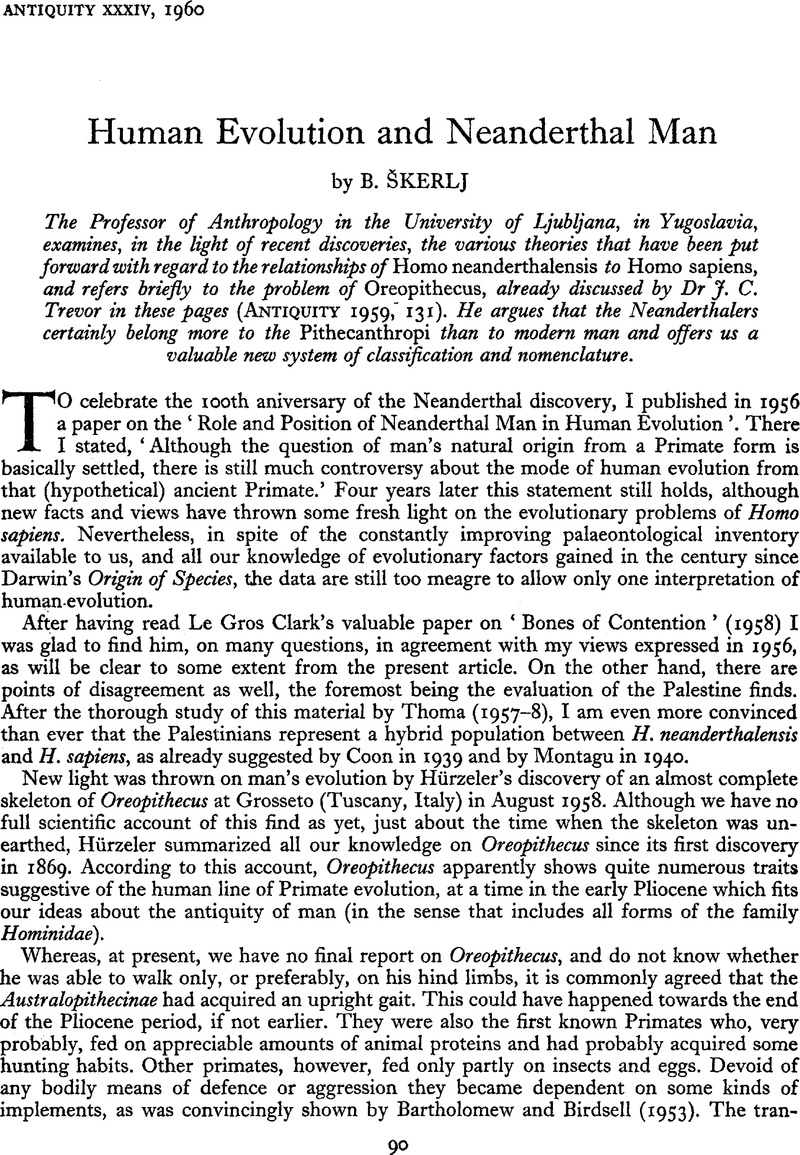Crossref Citations
This article has been cited by the following publications. This list is generated based on data provided by Crossref.
Brothwell, D. R.
1961.
The People of Mount Carmel.
Proceedings of the Prehistoric Society,
Vol. 27,
Issue. ,
p.
155.
BRACE, C. LORING
1962.
Refocusing on the Neanderthal Problem1.
American Anthropologist,
Vol. 64,
Issue. 4,
p.
729.



